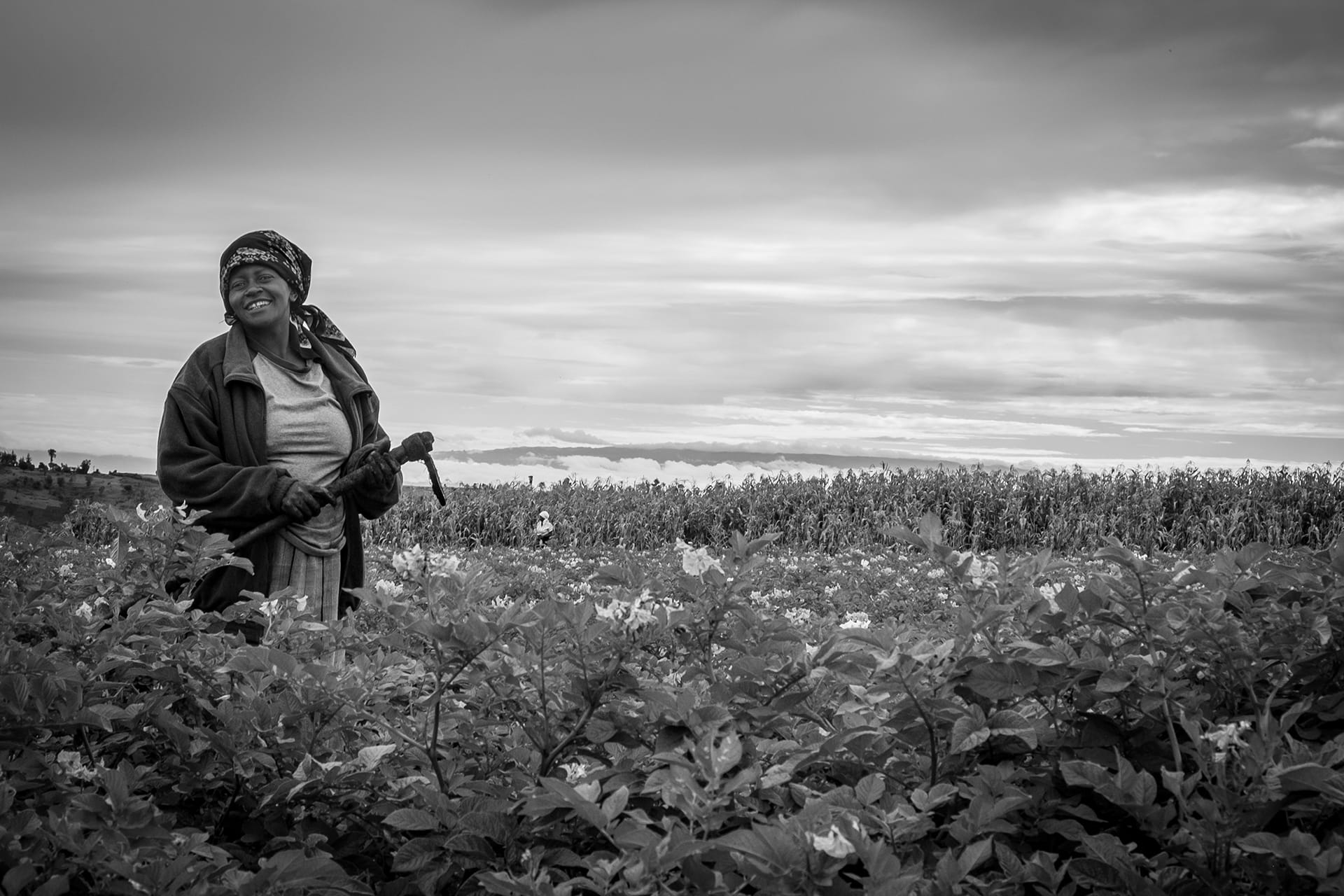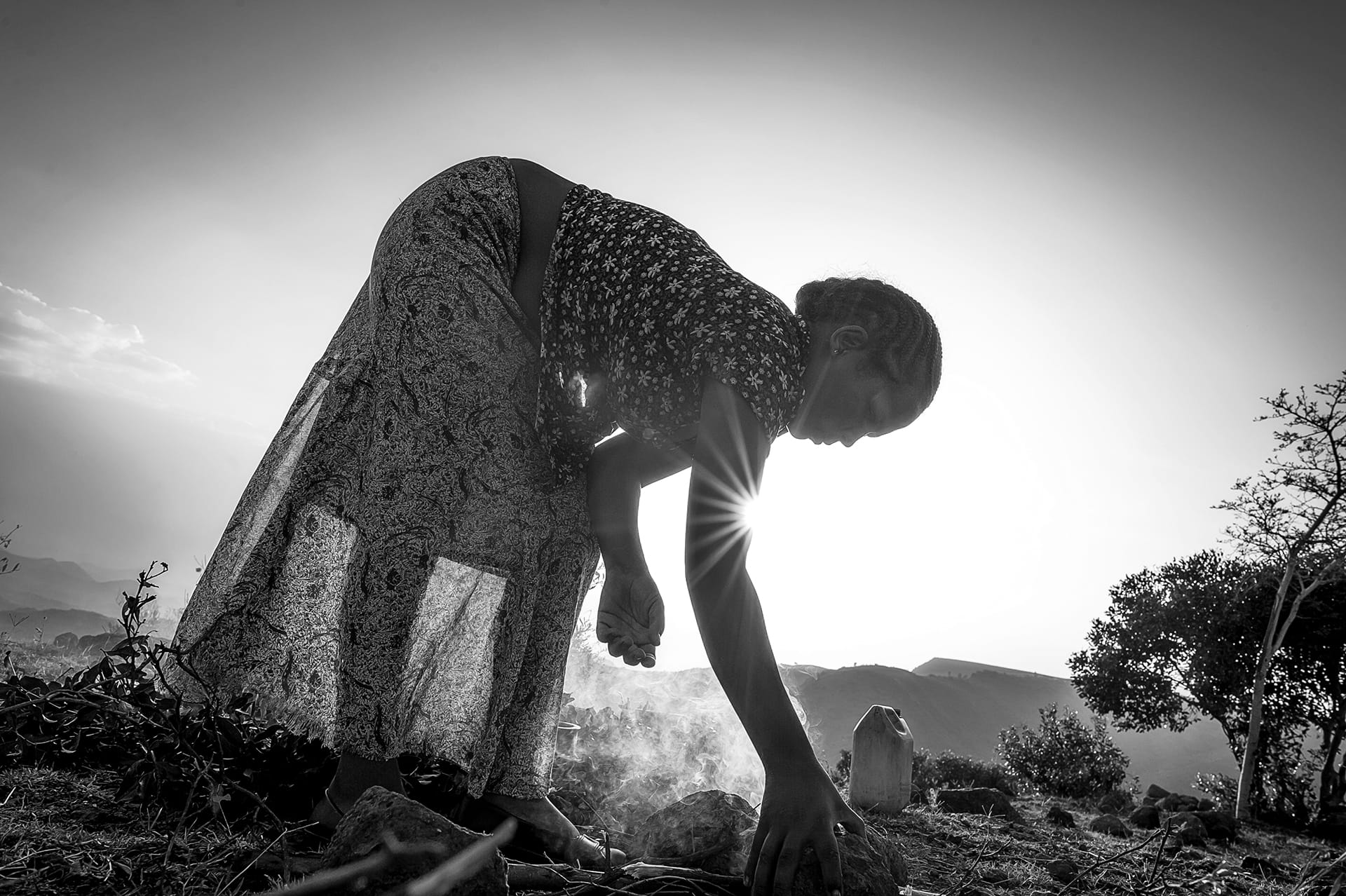News
4R Solution Focus Crop Series – Tef in Ethiopia
Tef (Eragrotis tef) is a self-pollinated annual cereal with a fibrous root system, and mostly erect stems that are usually 40 – 80 centimeters tall. In Ethiopia, tef is one of the most important cereal crops, occupying close to 30% of the cultivated area under cereal crops. This represents the largest proportion of cereal cultivation area in Ethiopia. While optimum growing conditions include an altitude range of 1800 – 2100m, annual rainfall of 750 – 850mm, growing season rainfall of 450 – 550mm, and a temperature range of 10 – 27°C, tef is well adapted to a wide range of environments. Subsequently, tef in Ethiopia is cultivated across diverse agro-climatic conditions ranging from sea level, up to 2800m above sea level. Cultivation is predominantly practiced in smallholder farming systems where average farm sizes are usually less than 2 hectares.
The widespread cultivation of tef in Ethiopia has been attributed to a number of beneficial attributes as compared to other cereal crops commonly grown in Ethiopia such as maize, wheat, and sorghum. For example, during the growth stage, tef has a better ability to withstand low moisture conditions compared to maize and sorghum, and a better ability to withstand waterlogged and low oxygen conditions compared to maize, wheat or sorghum. Upon harvest, tef suffers lower post-harvest losses as the tef grain is not attacked by common pests such as weevils which cause large losses in cereals such as maize. During marketing, tef fetches higher grain prices compared to other cereals, with consumers having a higher preference for tef due to the higher quality of tef based injera, the main staple food in Ethiopia.
Although tef commands the largest proportion of cultivated cereal area, it has the lowest yield per hectare compared to other cereals grown in Ethiopia. While yields of up to 3 tons per hectare are attainable under best crop and nutrient management practices, and optimum climatic conditions, typical farm yields are often less than 1 ton per hectare. These low yields are mainly a result of constraints such as lodging, inadequate crop and nutrient management practices, and the limited availability of improved high yielding tef varieties.
To support enhanced tef productivity in smallholder farming systems of Ethiopia, the 4R Solutions Project is implementing activities in Minjar-Shenkora district in the North Shewa zone of the Amhara region. Located at an altitude range of 1800 – 2300, Minjar-Shenkora district provides ideal tef growing conditions, and is among the top ten tef producing districts in Ethiopia. Average tef yields in smallholder farms of Minjar-Shenkora are however lower than what is attainable with good crop and nutrient management practices. With tef based injera as the key staple food, low tef yields often result in food insecurity, with a baseline study conducted by the 4R Solution Project reporting that up to 10% of the households in MInjar-Shenkora suffer food insecurity in three out of every twelve months. Low tef yields in smallholder farming systems of Minjar-Shenkora have been related to constraints such as limited access to fertilizers and improved tef varieties, low soil fertility, climate change characterized by unpredictable and unreliable rainfall, and limited access to information on best crop and nutrient management practices.
To address these constraints and support farmers in Minjar-Shenkora to efficiently increase tef production, the 4R Solutions Project is implementing activities aimed at helping farmers acquire best crop and nutrient management practices for tef based on the 4Rs concept of “using the Right Source of nutrients, applied at the Right Rate, at the Right Place, and in the Right Time”. To achieve this, the project is establishing multiple tef 4R learning sites where farmers can continuously access training and demonstrations on best crop and nutrient management practices for tef. For maximum impact, these 4R learning sites will be established on centrally located farms within key tef growing villages of Bolosilasie, Kombolcha, Chole, and Adama. To ensure increased farmer reach beyond selected villages, the 4R Solutions Project is working with key local stakeholders such as researchers, extension officers, development partners, and local farmers cooperatives to develop locally adapted 4R content on efficient tef production. The locally adapted 4R content will be reflective of typical farm conditions in Minjar-Shenkora and the greater Amhara region of Ethiopia, and also reflective of any gender-based crop production constraints facing male and female farmers in this region. Developed 4R content will additionally be translated into key local languages, and continuously disseminated in form of posters, handbooks, short television and radio programs, and mobile phone based short message services. This is expected to result in enhanced 4R training of more than 100,000 households in the Amhara region both during, and beyond the 5-year project period, thereby helping smallholder farmers in Ethiopia achieve the project’s ultimate goal of sustainably enhancing tef productivity based on locally adapted 4R practices.
Contributed by: Samuel Njoroge, Agronomist – 4R Nutrient Stewardship Project, APNI









